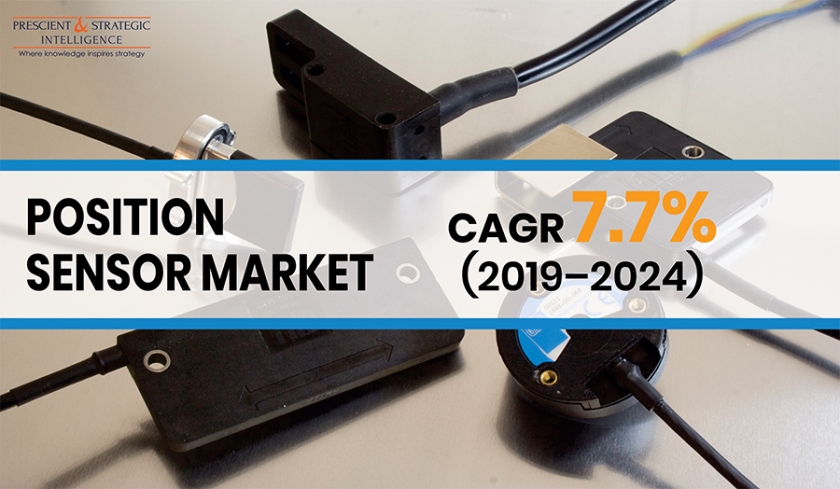The global commercial refrigeration equipment market generated a value of $41,396.7 million and is expected to advance at a 6.2% CAGR during the forecast period (2018–2023). The market is witnessing growth due to the rising demand for ready-to-eat products and beverages and development of organized retail. The freezers and refrigerators that are utilized for storage, merchandizing, and commercial retail within hypermarkets, convenience stores, supermarkets, restaurants, and other commercial spaces are referred to as commercial refrigeration equipment.
Get the Sample Copy of this Report @ https://www.psmarketresearch.com/market-analysis/commercial-refrigeration-equipment-market/report-sample
In terms of equipment type, the commercial refrigeration equipment market is divided into display cases, transportation refrigeration equipment, ice making machineries, beverage refrigeration, walk-in coolers, parts, and other equipment (which include vending machines, cryogenic equipment, and liquid chiller). Among these, the walk-in cooler division dominated the market during the historical period (2013–2017), holding a share of 23.0% in 2017, in terms of value.
The division is further classified into remote plant, packaged unit, and remote condensing unit. The beverage refrigeration division is expected to grow at the fastest pace during the forecast period. When application is considered, the commercial refrigeration equipment market is categorized into food & beverage retail, food service, food & beverage distribution, and others (which include genetic refrigeration, medical diagnostic applications, and pharmacy refrigeration).
Make Enquiry Before Purchase @ https://www.psmarketresearch.com/send-enquiry?enquiry-url=commercial-refrigeration-equipment-market
Out of these, the food service category accounted for the major share of the market during the historical period and is further expected to retain its position during the forecast period, in terms of value. On the other side, developing countries in Asia-Pacific (APAC) have not yet phased out F-gases, because manufacturers here are yet to get their hands on advanced technology for F-gas elimination. But, considering the CAGR forecasted in the region (9.3% in terms of revenue), it is being assumed that manufacturers will be able to acquire the technology and do away with F-gases.




